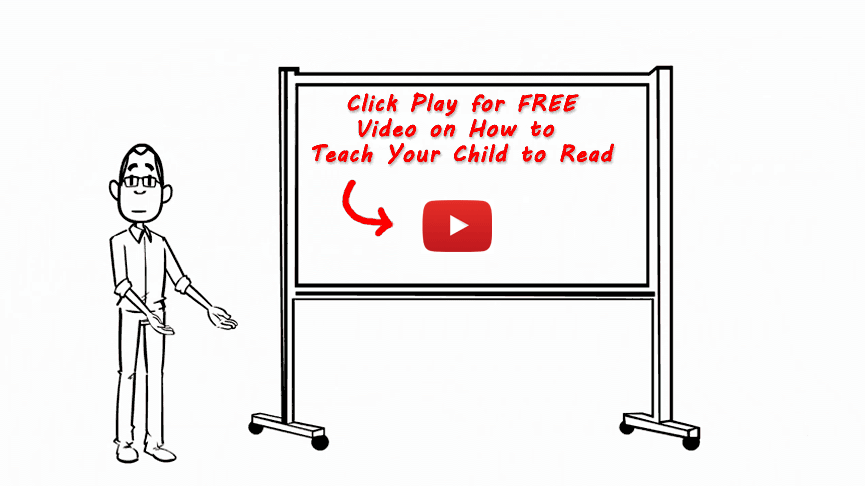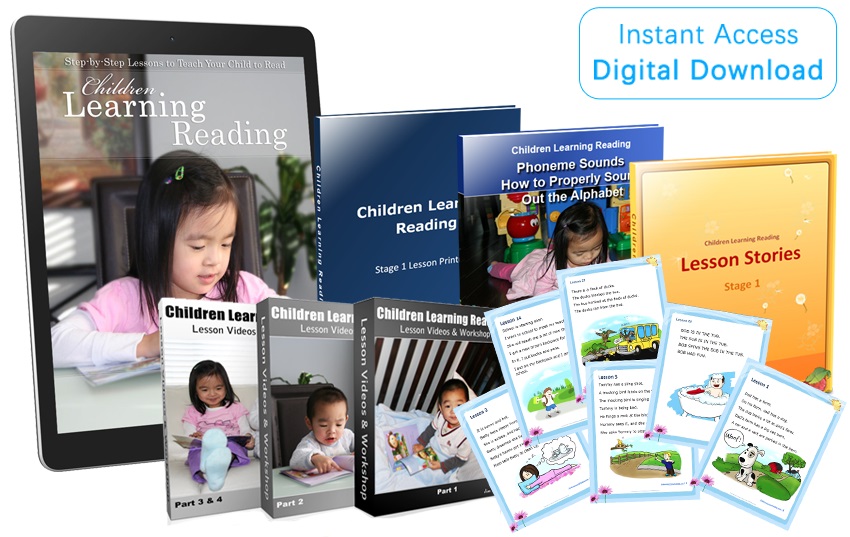Frequently Used Dolch Sight Words
The list of 220 Dolch Sight words (divided by level)
The following list contains the Dolch sight words of the 220 most frequently used words, compiled by Edward William Dolch.
The list of sight words below are often used as part of the Whole Language method approach of teaching how to read which is based on memorizing word shapes. This method of learning reading is not as effective when compared to the Phonics Method of reading.
| Pre-primer | Primer | Grade One | Grade Two | Grade Three | Nouns | |
| a | all | after | always | about | apple | home |
| and | am | again | around | better | baby | horse |
| away | are | an | because | bring | back | house |
| big | at | any | been | carry | ball | kitty |
| blue | ate | as | before | clean | bear | leg |
| can | be | ask | best | cut | bed | letter |
| come | black | by | both | done | bell | man |
| down | brown | could | buy | draw | bird | men |
| find | but | every | call | drink | birthday | milk |
| for | came | fly | cold | eight | boat | money |
| funny | did | from | does | fall | box | morning |
| go | do | give | don't | far | boy | mother |
| help | eat | going | fast | full | bread | name |
| here | four | had | first | got | brother | nest |
| I | get | has | five | grow | cake | night |
| in | good | her | found | hold | car | paper |
| is | have | him | gave | hot | cat | party |
| it | he | his | goes | hurt | chair | picture |
| jump | into | how | green | if | chicken | pig |
| little | like | just | its | keep | children | rabbit |
| look | must | know | made | kind | Christmas | rain |
| make | new | let | many | laugh | coat | ring |
| me | no | live | off | light | corn | robin |
| my | now | may | or | long | cow | Santa Claus |
| not | on | of | pull | much | day | school |
| one | our | old | read | myself | dog | seed |
| play | out | once | right | never | doll | sheep |
| red | please | open | sing | only | door | shoe |
| run | pretty | over | sit | own | duck | sister |
| said | ran | put | sleep | pick | egg | snow |
| see | ride | round | tell | seven | eye | song |
| the | saw | some | their | shall | farm | squirrel |
| three | say | stop | these | show | farmer | stick |
| to | she | take | those | six | father | street |
| two | so | thank | upon | small | feet | sun |
| up | soon | them | us | start | fire | table |
| we | that | then | use | ten | fish | thing |
| where | there | think | very | today | floor | time |
| yellow | they | walk | wash | together | flower | top |
| you | this | were | which | try | game | toy |
| too | when | why | warm | garden | tree | |
| under | wish | girl | watch | |||
| want | work | good-bye | water | |||
| was | would | grass | way | |||
| well | write | ground | wind | |||
| went | your | hand | window | |||
| what | head | wood | ||||
| white | hill | |||||
| who | ||||||
| will | ||||||
| with | ||||||
| yes |
How Did This Whole Word Method Begin?
The sight reading, or whole word method of reading, was initially invented back in the 1830’s and it became a very popular method of teaching children to read. This grew in popularity and almost went mainstream in schools in the 1930’s and 1940’s.
By the 1950’s the approach was coming under a lot of criticism by those that believed the phonics based teaching method was the right way to go. Some teaching institutions still use the method today and there are lots of sight words training materials available.
Disadvantages Of Teaching Sight Words
A number of people believe that using a whole language approach to teaching kids how to read is a natural process as it exposes your child to an environment that is language rich and this relies heavily on the use of sight words.
Some children may take to this well but there are a number of disadvantages when it comes to sight words reading.
Your Child Will Not Be Able To Decode Words
When you teach a child to read using sight words, they will learn to recognize the shape and image of words but will not know the individual sounds of the letters involved. For some words that do not follow the usual rules of phonics like “too” and “two” this can work well but it will not help your child to read words that they have never seen before.
If a sight words approach has been used to teach how to read, it is unlikely that your child will be able to sound out any words. So if they come across the word “can” and have not memorized it they will probably start to guess that it is “car” or “cat” or a similar word.
Your Child’s Vocabulary Will Be Limitedhttps://www.children-learning-reading-review.com/DOLCH-SIGHTx7g
Teaching to read with sight words is going to mean that your child will have a limited vocabulary. As it is a memory based approach, their vocabulary will be limited to the words that they can remember. Even if they could memorize thousands of sight words (which would be extremely difficult) this would still limit their overall vocabulary.
By following a phonics reading program such as Jim Yang’s excellent Children Learning Reading program, your child will learn how to sound out letters and words. If they encounter a word that they have not seen before then they will try and sound it out and then ask if they pronounced the word correctly and what the new word means.
Phonics learning will provide the skills to sound out the phonemes in words, and your child will be a lot more confident when it comes to reading. They will be able to read anything once they have mastered alphabetic phonics.
If your child relies on sight words to read then they will only be able to read books that contain the words that they have been taught. Books that contain different words will be really tough for them and this is severely limiting when it comes to your child’s reading development.
There Is No Structure
Sight reading is not the best way to teach a child to read because there is no formal structure to it. When a phonics teaching approach is used, your child will learn that different letters have different sounds and once this has been mastered they will be able to progress to words with two and three letters and beyond.
This is a natural progression which does not occur with sight reading. Although your child might be able to recognize the words “kings” and “horses” from the Humpty Dumpty nursery rhyme, they will struggle to read fundamental words such as ‘dog” and “cat”.
Your Child Will Not Become An Analytic Reader
Many children are analytic learners and although they may progress well with a whole language approach, they will be deprived of analytic reading skills that phonics practice will give them.
Your Child Could Become Dyslexic
Memorizing the shapes of words is all very well but just how many words could your child memorize? A thousand or maybe two thousand words? This would be extremely difficult to do, and even if your child could remember all of these words the vast majority of the English language would still be a mystery to them. There are a million dyslexics in the USA alone and you do not want your child to be one of them.
Studies have determined that human beings can only memorize about 2000 symbols that are abstract. It is estimated that there are around 50,000 words in everyday use in the English language. Do you see a problem here?
The English Language Is Phonetic
English is a phonetic language so it should be taught to children phonetically. It is all about letters and letter combinations having different sounds or phonemes. There are only 44 phonemes to master and once this is done they can be blended to form words.
It is all about practice and consistency. With a few minutes each day you can teach a 2 year old with phonics training and develop their phonemic awareness. This will help them develop into proficient readers in a very short time.
Early Gains Possible From Sight Reading But No Long Term Benefits
Learning how to read using phonics can be tough at first as there are exceptions and rules to deal with. It can be hard work, and some teachers believe that it will bore a lot of kids. Once children have mastered phonics they will never be bored as it opens up a whole world of reading to them.
Sight reading was introduced to overcome the alleged difficulty and boredom factors of learning phonics. It was thought that memorizing common words was less boring and easier than dealing with all the details that are involved with phonics.
But memorizing word shapes can be boring too and difficult for some kids to remember all of the shapes that they are confronted with. If your child has a good memory then they will quickly learn words using the whole language approach, but it won’t do much for their ongoing reading development.
The use of synthetic phonics and the development of phonemic awareness are the best combination for teaching anybody how to read. Check out the Children Learning Reading Program to learn more about this research backed approach to reading. Click the button below:





